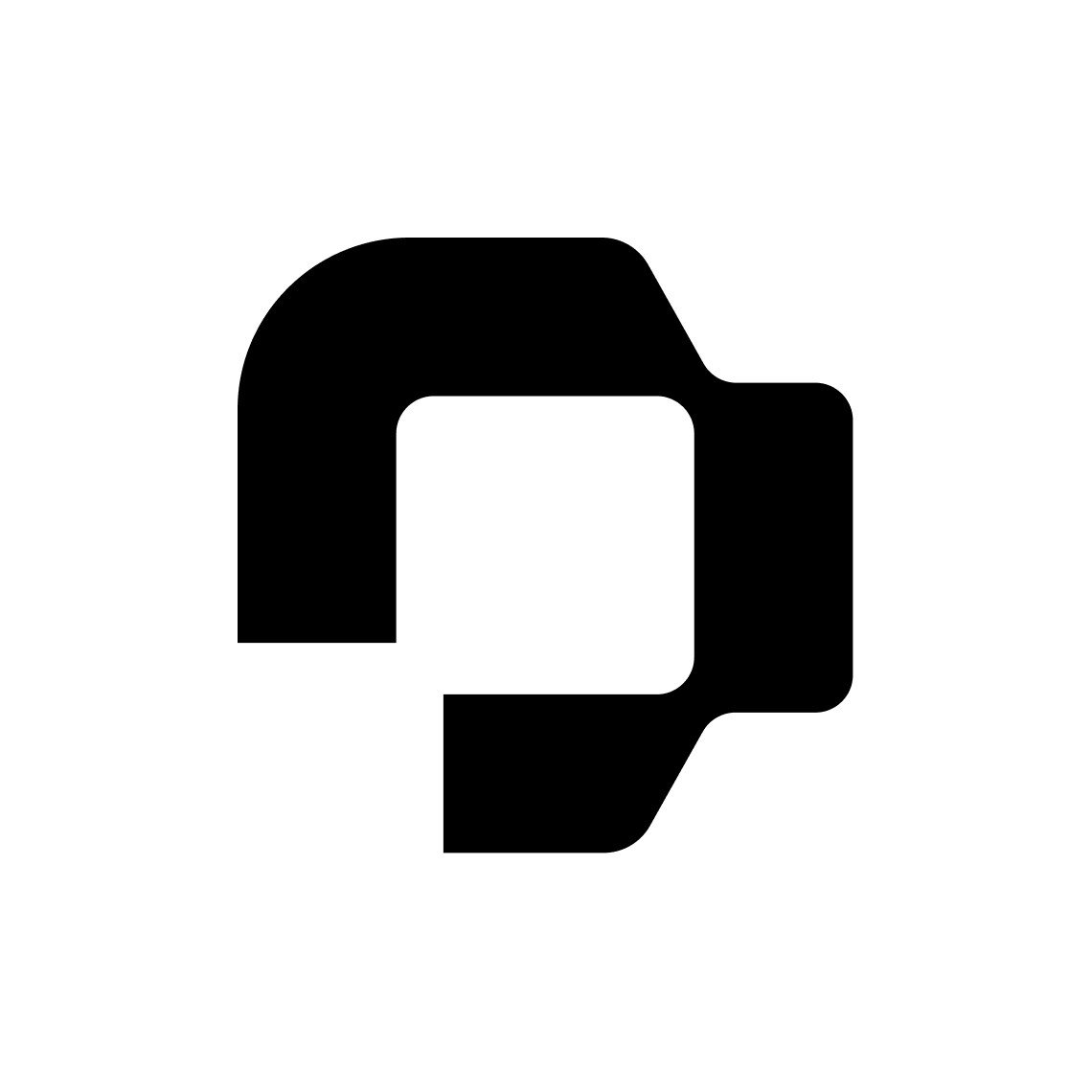You’ve likely heard about People Workflow Automation by now, but do you know about the wide-ranging consequences and how it’s going to shift the way we think about and accomplish HR work? Personio’s Chief People Officer, Ross Seychell, dove into the topic in one of our latest blogs. Enjoy!
As an HR leader, I know that opportunities are everything. They can help set your company up for success, and can drive growth in a host of ways. That’s why People Workflow Automation, as a category, to me is so exciting: because it’s set to help HR realize many new opportunities.
How? It starts by automating people processes, across your entire business, to help HR go beyond itself, but I want to peel back the layers a bit and talk it through it more in-depth. Here are the five key ways I think people workflow automation is set to change the way HR is done. – Ross Seychell, Chief People Officer, Personio
1. By Reestablishing & Refocusing On People Processes
Whether onboarding a new employee, provisioning them with the applications they need to get the job done, or allowing another to easily call in sick or stay up to date with their team’s absences, people processes happen across your business all day, every day.
Simply put, your people processes need to be able to make your people, and your company, successful. They should keep things running smoothly by reducing delays, and they should facilitate the great work that needs to happen for businesses to grow.
In my view, people workflow automation is an incredible opportunity for HR teams to begin by revisiting the processes that happen around their people. Not only how they happen from a very functional standpoint, but if they are working and if they could be learned from or optimized.
It’s a refocusing and democratizing of enterprise automation that, in more distributed workforces and after the pandemic, is due for SMEs. Especially when it comes to onboarding, provisioning, or helping employees reach new levels of performance, now is a great time to revisit the work that goes on around your people.
2. By Removing Delays Across The Business
Attention fragmentation is a massive issue for so many organizations, and many may not even notice it. But, while delays like these may feel minor in the moment, they have a distinct snowball effect that adds up and ends up being a huge drain on productivity.
Studies have shown that each involuntary distraction costs people a delay of more than 47 total minutes of lost time switching between applications and getting back into the flow of work. So, for each vacation request, paperwork submission, or signature, you’re losing valuable time (and what could be achieved with that time).
And, that’s the last thing you want: For unnecessary delays to get in the way of work, or to get in the way of opportunities for your people and your business.
The course of the pandemic hasn’t made it easier, with an explosion of tooling leading to the average HR team needing 6 different applications, on average, to get their work done (as per a study conducted by Personio and Opinium across Europe).
People workflow automation’s emphasis on reducing and removing delays, across apps and teams, is a transformative element here. It’s a way for HR to focus on helping employees perform their best, without being held back by delays that get in the way of opportunities.
Looking to read the full post? Simply click here to find out the final three ways that People Workflow Automation is going to change HR work forever.




